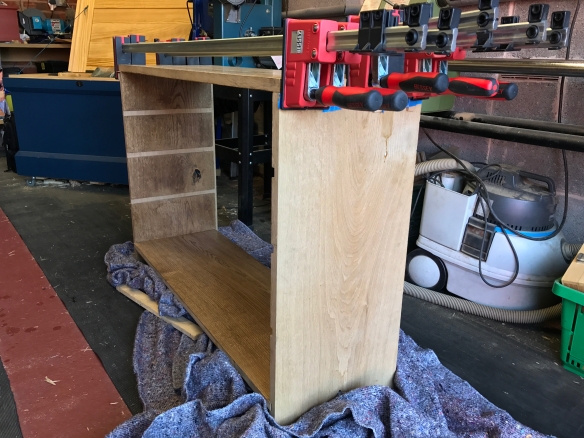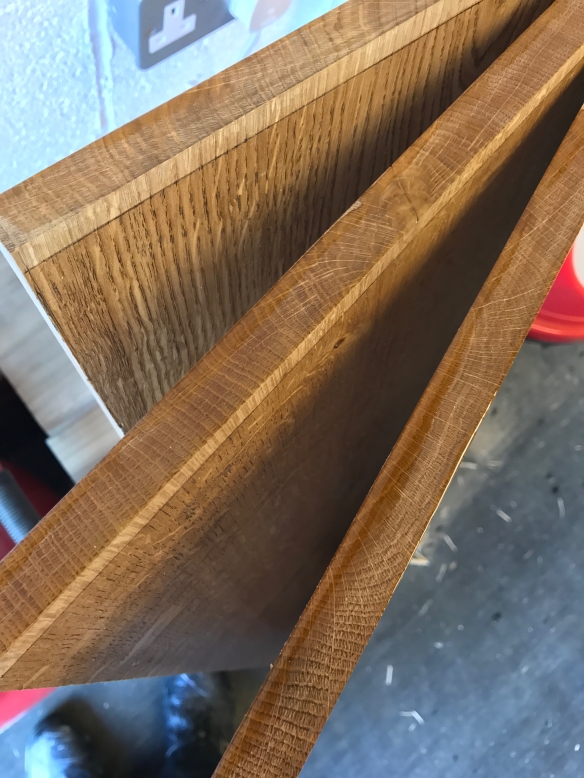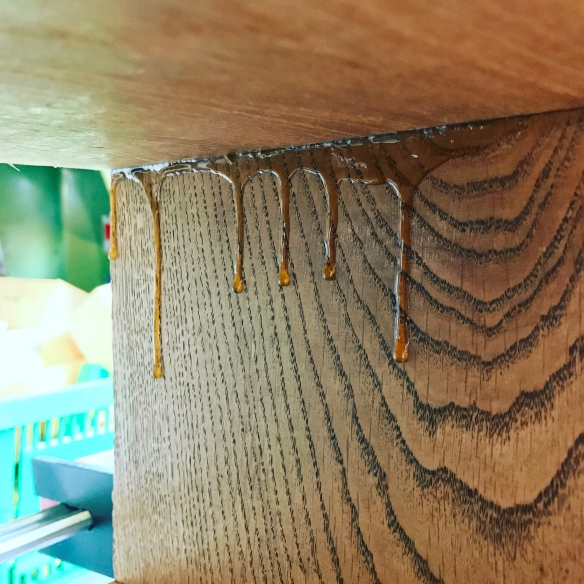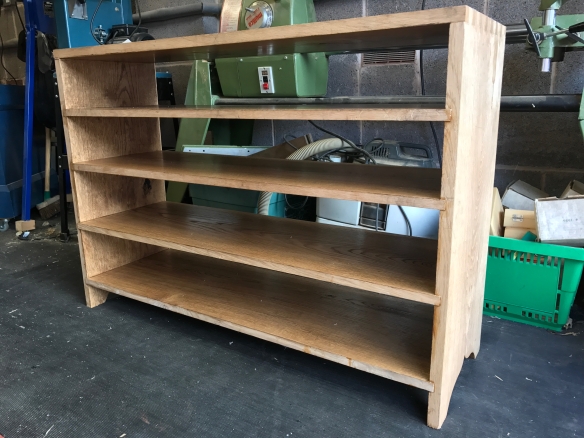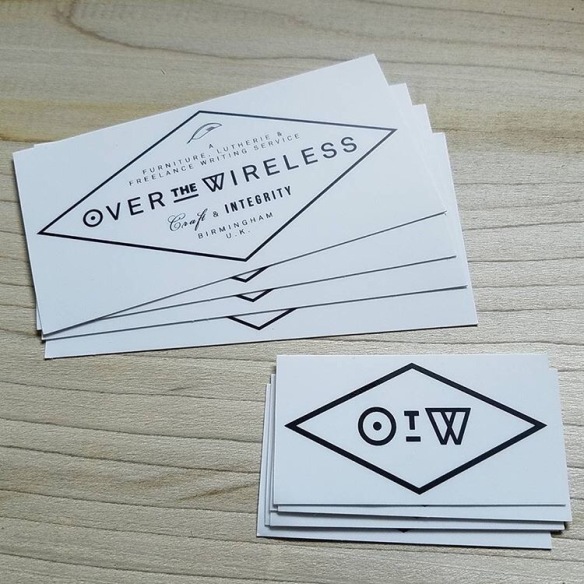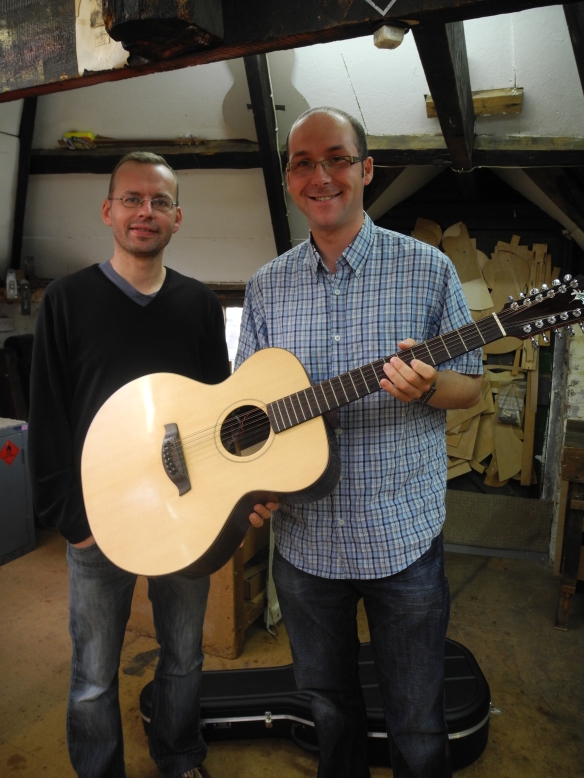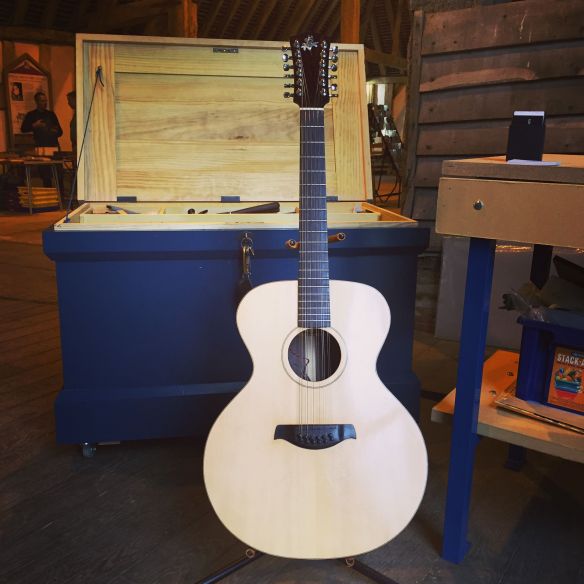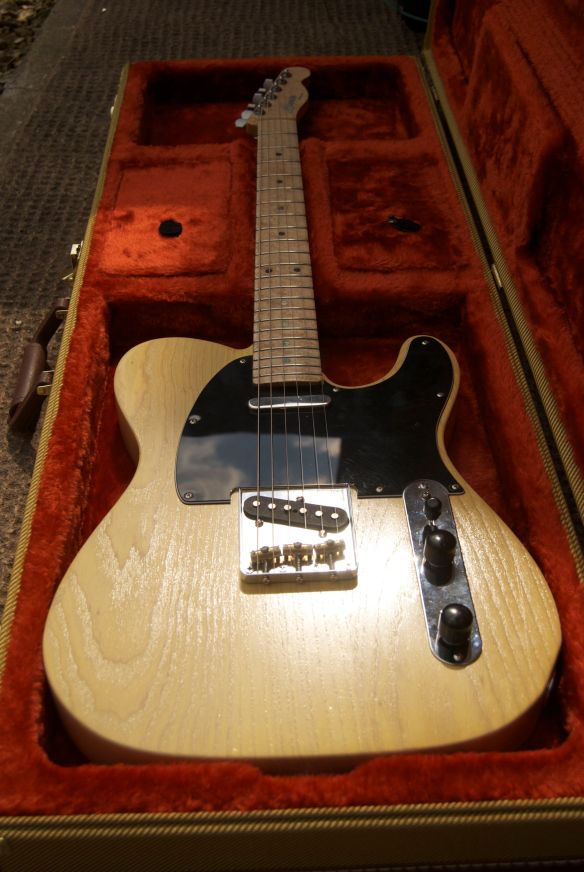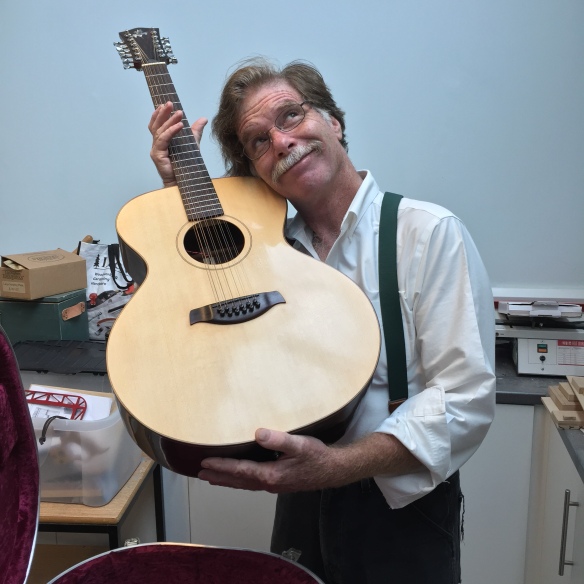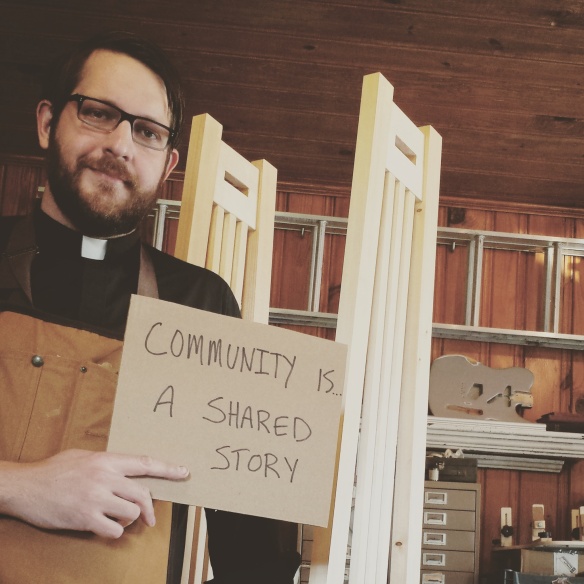Or: The Handworks 2017 round-up

And just like that, Handworks 2017 is over, and I’m back in the UK feeling quite jetlagged. After nearly 12 months of build up, the event itself flew by at breakneck speed. Given that the show covered five separate buildings and featured over 50 demonstrators, it would be nigh on impossible to give an exhaustive account of the show (not to mention that I covered the event for Furniture & Cabinet Making so need to attempt that herculean task for the magazine). Needless to say, the tools were shiny, especially Konrad’s planes, which I finally got to try for the first time, and the Studley reproduction was eye-wateringly beautiful. Seeing new tools unveiled by Veritas, Blue Soruce Tool Works, and Texas Heritage, and a sneak preview at something else which has not yet been publically announced, was very cool. But what really struck me throughout the two days, and what I had flown out for, was the sense of community.
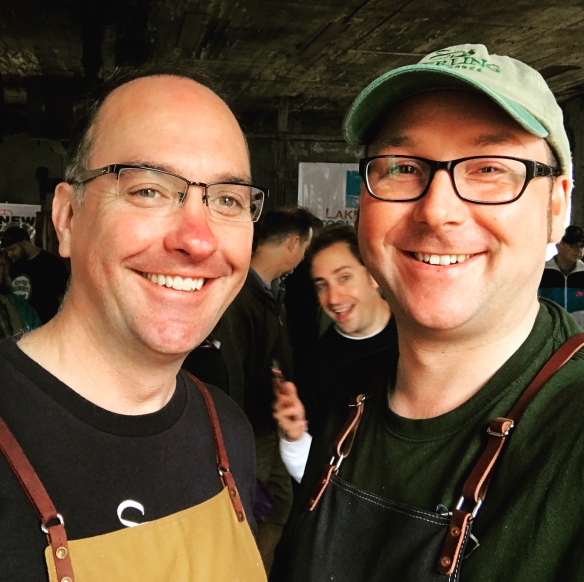
I’ve known Chris (of Sterling Tool Works) for 3 years, but Handworks was the very first time we met in person. Many thanks to Chris for letting me hang out on his stall and sell OtW tees.
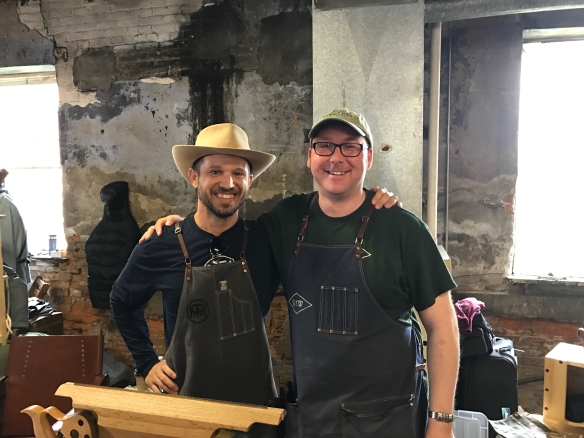
Jason Thigpen (of Texas Heritage) is another longstanding friend I’ve been waiting years to finally meet. He has a strong line in headgear.
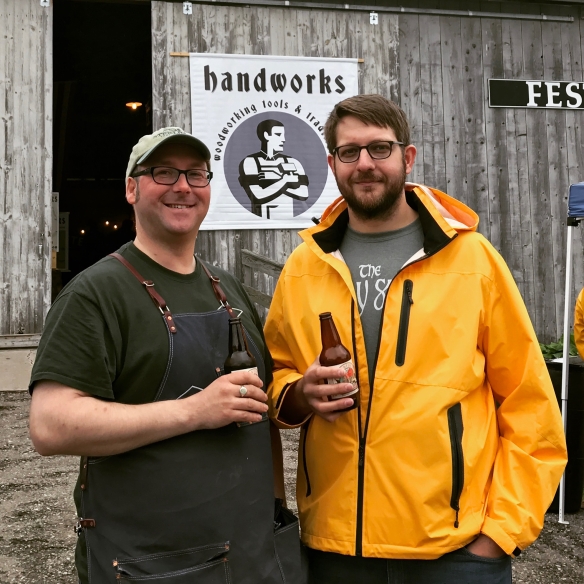
Jim McConnell is my favourite woodwork blogger, and a good friend to boot. Beer was quaffed, yarns were spun, memories were made.
I can’t possibly hope to mention everyone in this blog post that I spoke to over the course of the two days, but here are a small selection of the hundreds of photos I took,

With Megan Fitpatrick, who is just as entertaining and erudite in person as in print.
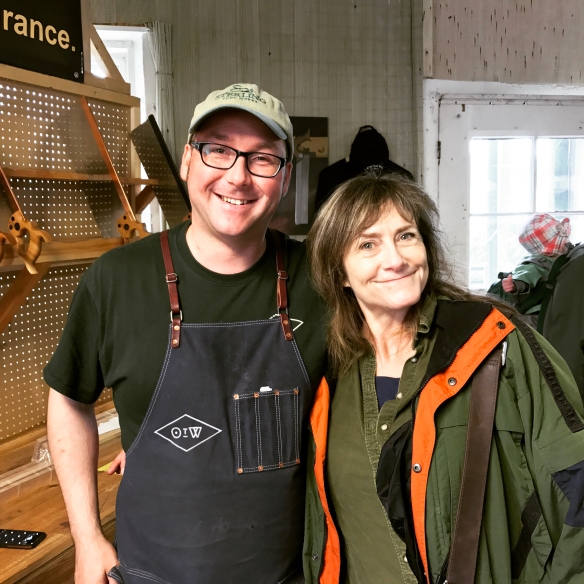
It was great to finally meet Nancy Hiller after months of chatting on Instagram.

Mark Harrell is a dangerous man – everytime he makes a new product money disappears from my bank account. Top chap.
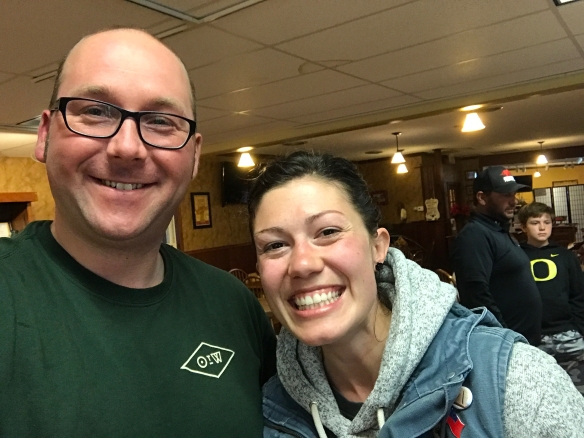
I’ve known Anne (of All Trades) for years, but this was the first opportunity we’ve had to catch up in person. Great times.
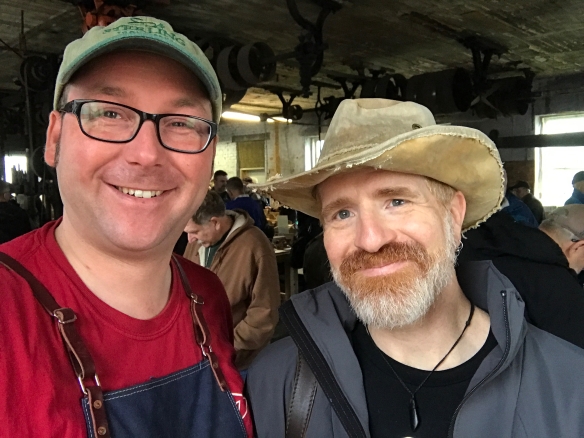
Does the Kilted Woodworker need any introductions? Ethan is one of the most generous and community minded people I know.
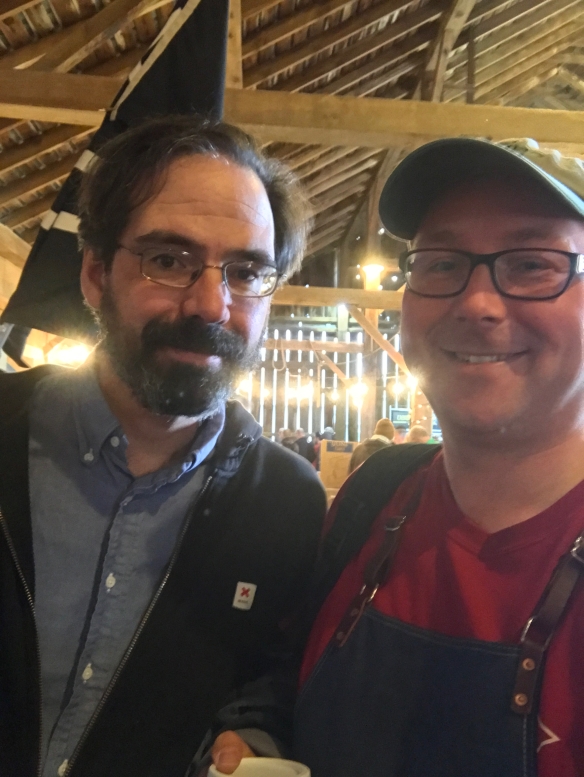
This guy definitely doesn’t need any introduction. But he’s been a damn fine friend and mentor over the past 3 years.
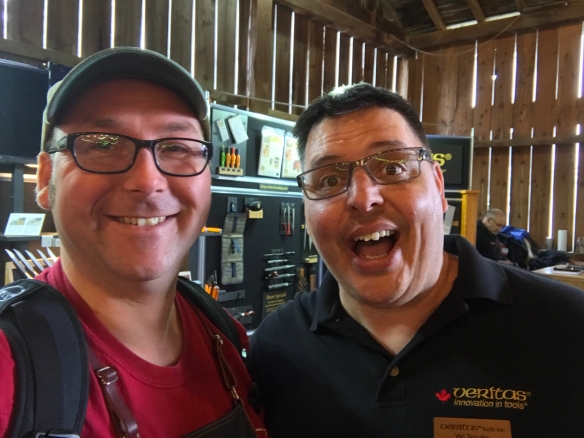
With Vic Tesolin. There’s a 98% chance that Vic cracked an offensive joke immediately before this photo was taken, during it, or straight after. I wouldn’t change that for the world.
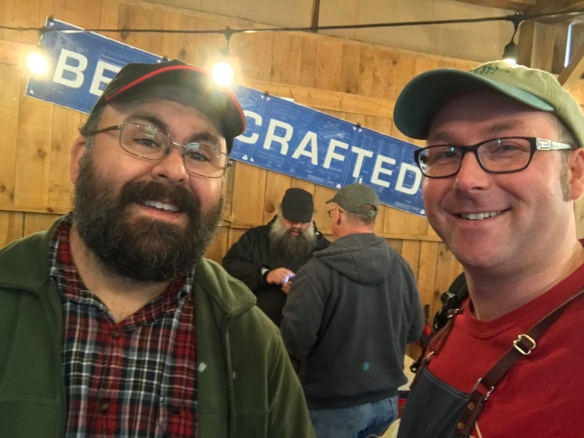
Jameel Abraham of Benchcrafted – the nicest guy. Thanks to him Handworks happens.
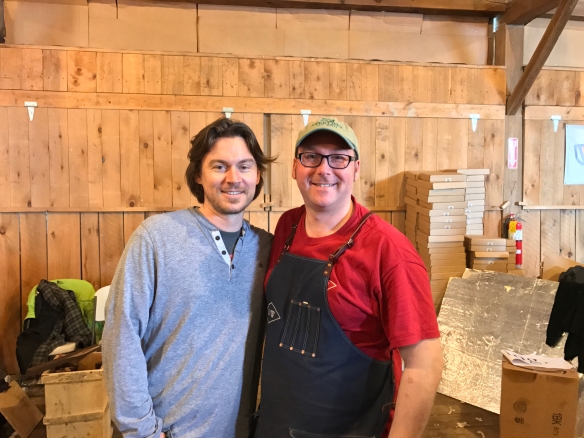
Konrad Sauer and I first spoke when I was researching the Karl Holtey article for PopWood. His planes are sublime.
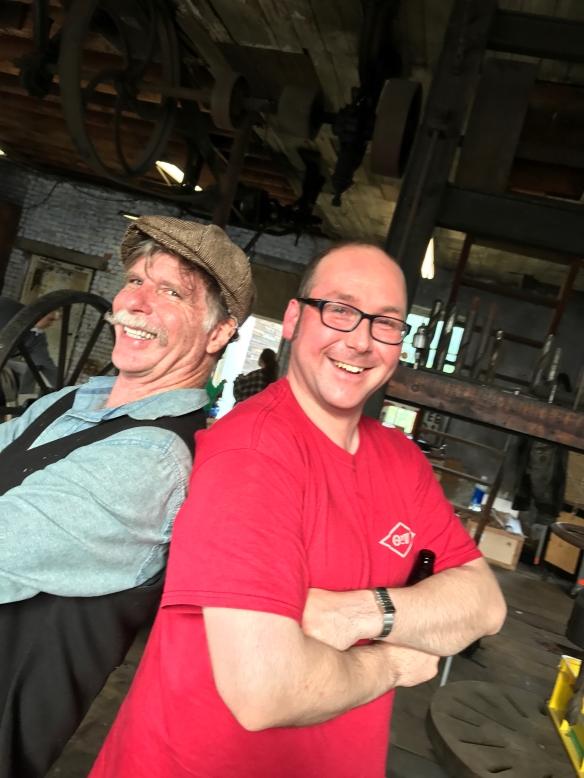
Saint Roy!
 John and Janet Switzerland – the loveliest people you could hope to meet, and great craftspeople to boot.
John and Janet Switzerland – the loveliest people you could hope to meet, and great craftspeople to boot.
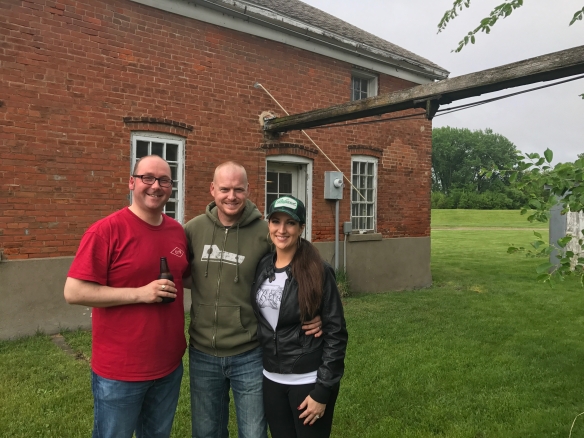
With Jenny Bower (who I interviewed for Furniture & Cabinet Making a couple of months ago) and husband Nathan.
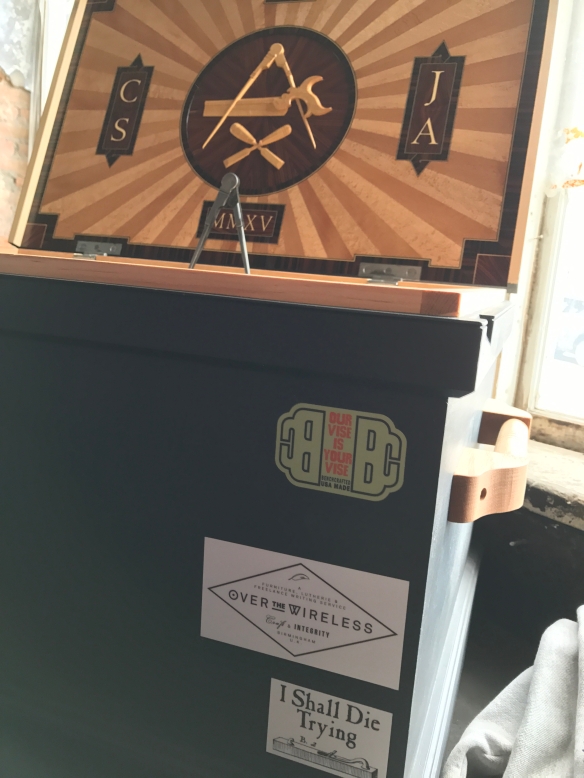
The Baby Anarchist’s Tool Chest built by Chris and Jameel, now sporting OtW decals.

